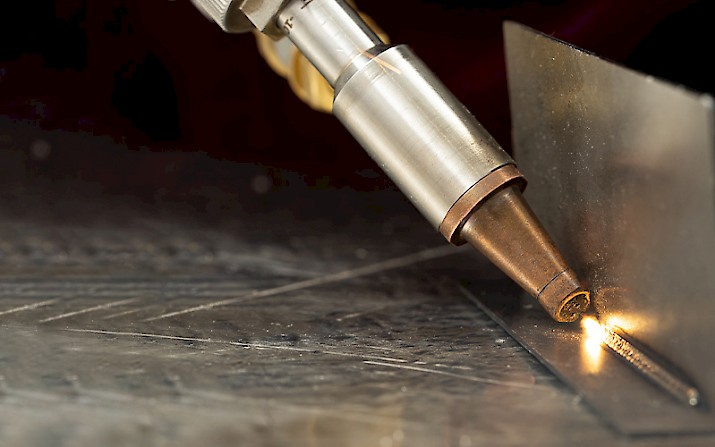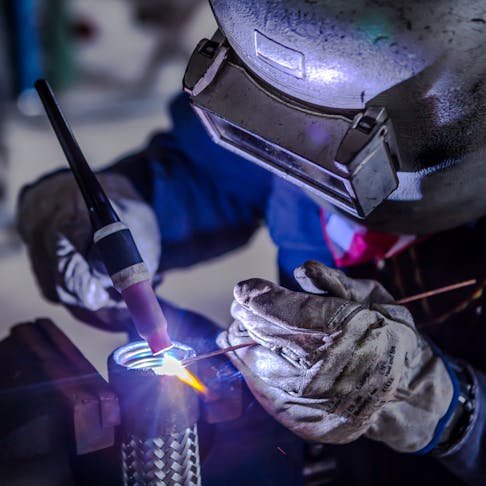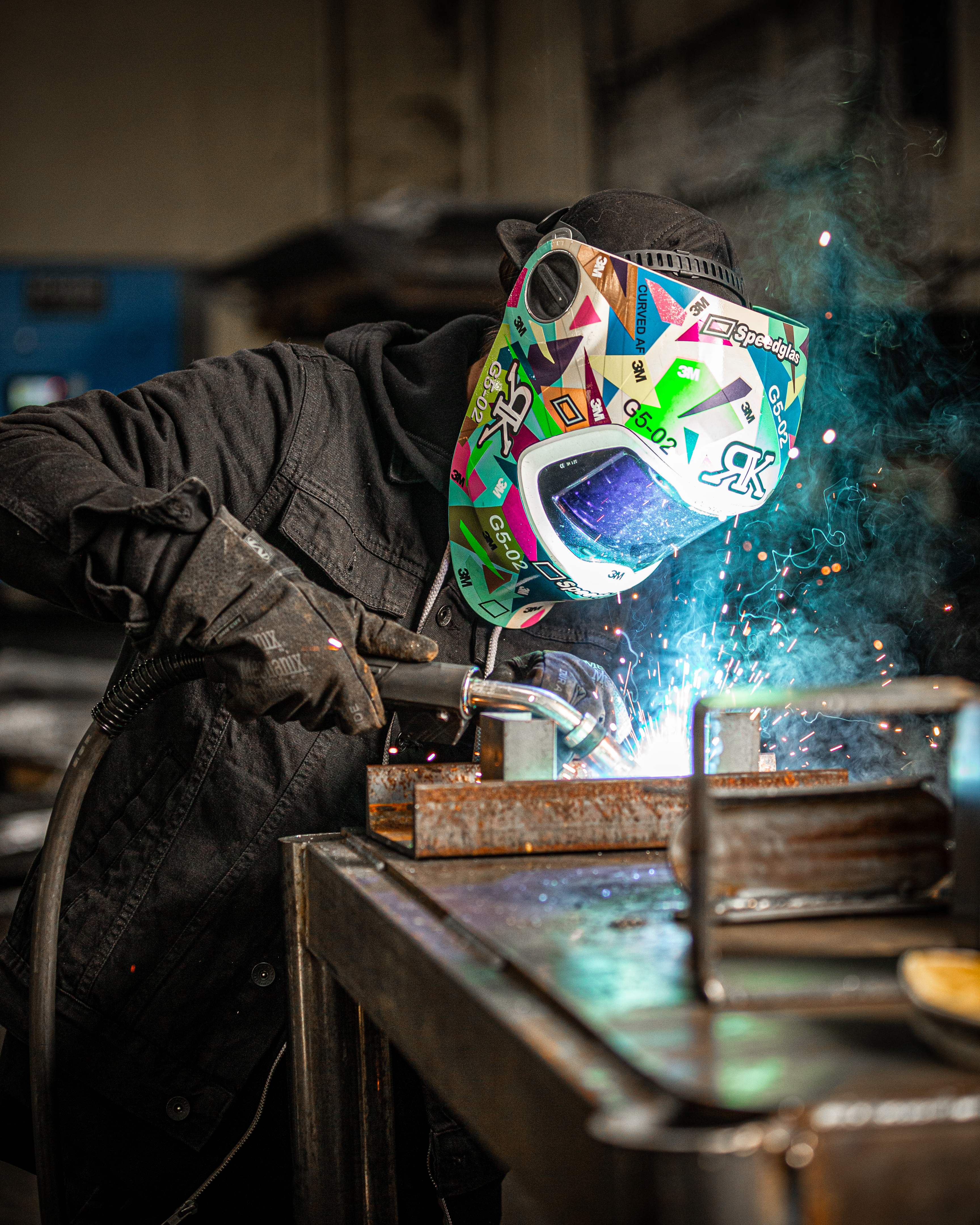Just how to Develop a Reliable Welding WPS: Tips and Best Practices
Just how to Develop a Reliable Welding WPS: Tips and Best Practices
Blog Article
The Ultimate Overview to Welding WPS Procedures: A Thorough Summary for Welders
In the intricate world of welding, Welding Treatment Requirements (WPS) serve as the backbone of guaranteeing quality, consistency, and security in welding procedures (welding WPS). As we delve right into the numerous parts of a WPS and explore the intricacies of qualification and certification, we will uncover the vital role these treatments play in the world of welding.
Importance of WPS Procedures
Understanding the significance of Welding Procedure Specifications (WPS) procedures is essential for making sure the quality and honesty of bonded frameworks. WPS treatments function as a roadmap for welders, describing the necessary actions, criteria, and products needed to accomplish an audio weld. By sticking to WPS guidelines, welders can make sure consistency in their job, bring about reliable and structurally sound welds.
One of the main factors why WPS treatments are essential is their role in preserving weld high quality and honesty. Complying with the defined welding specifications and methods described in the WPS aids prevent problems such as porosity, breaking, or insufficient blend, which can endanger the stamina and resilience of the weld. Additionally, WPS procedures are critical for making certain compliance with sector requirements and codes. By following well-known WPS standards, welders can demonstrate that their work meets the necessary requirements for security and high quality, offering assurance to customers, assessors, and governing bodies. Basically, the importance of WPS procedures can not be overstated, as they are basic to accomplishing regular, high-quality welds that fulfill market requirements and requirements.

Elements of a WPS
A Welding Procedure Requirements (WPS) usually comprises crucial elements that detail the details demands for implementing a weld, guaranteeing uniformity and high quality in the welding procedure. The key parts of a WPS include essential variables such as base metals, filler steels, interpass and preheat temperatures, welding procedures, shielding gases, welding placements, and post-weld heat therapy demands.
Base metals refer to the products being joined, while filler steels are utilized to fill the space in between the base metals during welding. Preheat and interpass temperatures are important for managing the heat input and preventing concerns like splitting or distortion. The welding process describes the details strategy to be used, whether it's gas steel arc welding (GMAW), protected steel arc welding (SMAW), or one more method. Protecting gases secure the weld swimming pool from atmospheric contamination. Welding settings specify the alignments in which welding can be done. Post-weld heat treatment may be needed to alleviate anxieties and boost the weld's residential properties. A comprehensive understanding of these elements is critical for creating a extensive and efficient WPS.

Credentials and Qualification
Having established the crucial elements of a Welding Procedure Specification (WPS), the emphasis now changes in the direction of the essential facets of credentials and qualification in welding techniques.

Qualification, on the other hand, is the official acknowledgment of a welder's credentials by a pertinent qualification body or organization. Welding certifications are generally based on the specific welding processes, materials, and placements a welder is certified to deal with. Holding a legitimate welding accreditation shows that a welder satisfies industry requirements and is proficient to perform welding jobs to the called for specs.
Creating a WPS
To develop a Welding Treatment Requirements (WPS) that meets sector standards, careful factor to consider of welding procedures, products, and operational parameters is important (welding WPS). The initial step in creating a WPS is to recognize the welding procedure to be utilized, such as gas metal arc welding (GMAW) or secured steel arc welding (SMAW) Once the welding process is established, the next crucial facet is choosing the appropriate products, taking into consideration aspects like base metal kind, thickness, and joint design. Functional specifications such as welding present, voltage, travel rate, and securing gas make-up need to also be thoroughly specified in the WPS.

Implementing and Checking WPS
Upon wrapping up the extensive Welding find this Treatment Specification (WPS) that thoroughly details welding processes, materials, functional specifications, and top quality assurance steps, the focus changes to efficiently carrying out and keeping an eye on the well established procedures. Application includes ensuring that all welders entailed in the task are familiar with the WPS and follow it carefully during the welding procedure. Effective implementation and tracking of the WPS are critical for making certain the stability, strength, and safety of the welded joints, inevitably adding to the total success of the welding project.
Conclusion
In final thought, understanding and adhering to Welding Procedure Specifications (WPS) is essential for welders to ensure high quality, uniformity, and safety and security in their job. By understanding the elements of a WPS, getting appropriate credentials and certifications, creating detailed treatments, and executing and checking them successfully, welders can boost their abilities and proficiency in welding methods. Following WPS treatments is vital for creating high-quality welds and conference market requirements.
In the intricate globe of welding, blog here Welding Treatment Requirements (WPS) serve as the backbone of guaranteeing quality, consistency, and safety in welding procedures. The welding procedure details the details method to be made use of, whether it's gas metal arc welding (GMAW), protected metal arc welding (SMAW), or one more approach.To create a Welding Treatment Requirements (WPS) that fulfills sector requirements, careful factor to consider of welding procedures, materials, and functional parameters is crucial. The initial step in developing a WPS is to recognize the welding procedure to be made use of, such as gas metal arc welding (GMAW) or shielded metal arc welding (SMAW)Upon completing the detailed Welding Treatment Spec (WPS) that carefully information welding procedures, products, operational specifications, and quality assurance procedures, the emphasis shifts to properly executing and keeping track of the well-known procedures.
Report this page